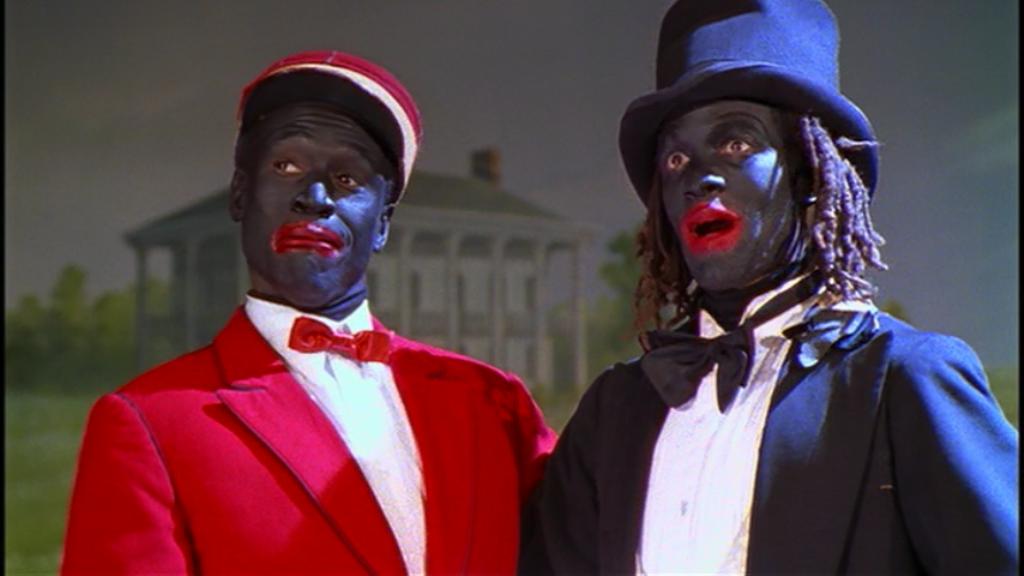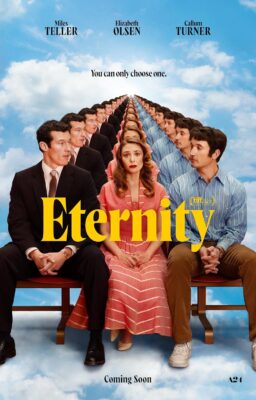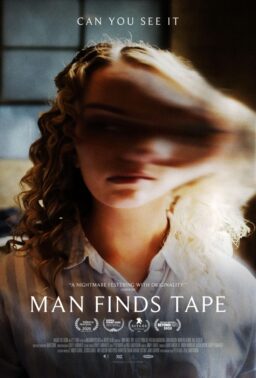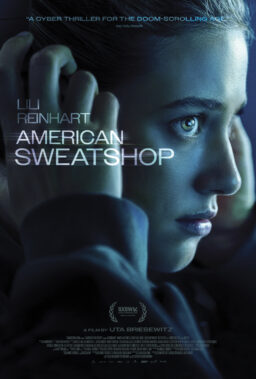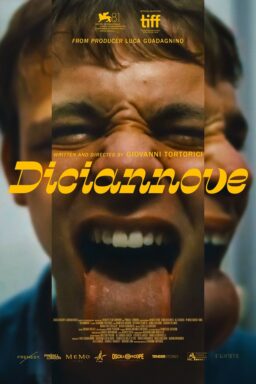Spike
Lee’s film “Bamboozled,” released in 2000 to controversy and mixed
reviews, follows a frustrated black TV producer on his quest to create a show
so offensive it will get him fired. The result is a modern-day minstrel show
that, contrary to expectations, becomes a massive hit. A satire of race, media,
celebrity, and American history, “Bamboozled” has conventionally
been regarded as one of Lee’s lesser efforts, though it now appears to be one
of his most prescient and radical. In this reappraisal of the film for its 15th
anniversary, film critic Ashley Clark makes the case for “Bamboozled” as
one of Lee’s most rich and enduring works, and as one of the most important
satires of American culture in this young century. Click here to buy a copy.
Bamboozled’s relentless
assertions that there remains something unspeakably rotten at the core of
American entertainment, pulsating out into wider society, are precisely what
make it so interesting. That, and its jagged, ragged form and content. With its
jumpy, torrential style—facilitated in large part by Sam Pollard’s bewildering,
random-seeming editing—it’s as though the film somehow anticipated the furious
visual argot of the 24-hour news cycle or was crafted in the style of the
short-attention-span internet culture with which so many of us are now sadly
all too familiar: 17 Google tabs open, 4 Gchat conversations on the go, plus a
couple of roiling Twitter arguments for good measure.
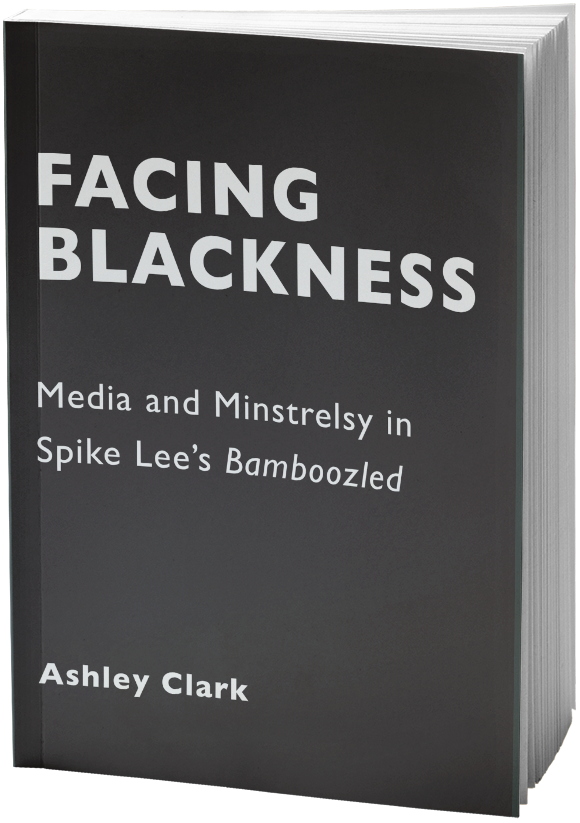
Over subsequent re-viewings, I have come to believe that Bamboozled is in fact the central work
in Lee’s canon—the house on fire to which all roads lead. It features some of
the rawest and most successful expressions of his enduring obsessions as a
filmmaker, including: his investigations into “blackness” as an identity—what
does it mean, and who has the authority to claim it?; his playful, pop-artistic
use of the frame and soundtrack to convey a multitude of ambiguous and
contradictory political slogans and messages; and his depictions of
conversations between characters as danger zones fraught with potentially fatal
misunderstandings.
Notably, Bamboozled
represents the zenith of Lee’s formal experimentation. Throughout his
filmmaking career—from the sudden, glorious switch from black-and-white to
color in feature debut She’s Gotta Have It
(1986), to his trademark floating dolly shot, and the anamorphic fish-eye-lens
effect which warps a significant portion of somber family drama Crooklyn (1994) into pure visual
abstraction—Lee has displayed a willingness to play with received notions of traditional
cinematic grammar in order to disrupt the viewer’s expectations.
He has pushed this no further than in Bamboozled, which took a cue from the radical work of the Danish
‘Dogme 95’ movement to become the first major American studio film to be shot,
mostly, on digital video. I say ‘mostly’ because Lee, working with
cinematographer Ellen Kuras, shot the New
Millennium Minstrel Show performance scenes on Super-16mm film. These
primary color-saturated sequences, juxtaposed with the blurry look of the film’s
main body, resonate as disturbingly lush, underscoring the ease with which the
public is seduced by such appalling material. Kuras also commented in The Making of Bamboozled that “[w]hen
you put blue light on [blackface], it feels like cast-iron…what a great
metaphor for this particular feature in the film. People feel locked in the
blackface.” There’s also something mischievously ironic—and fittingly
topsy-turvy—about using film stock for material that would, within the
fictional universe of the film, be viewed as ‘live television’.
Although the decision to go digital seems to have been related
more to budget limitations than aesthetic impulse, the end result is apposite
to the subject matter. I’ve already mentioned the unsettling qualities of Bamboozled’s juddering editing patterns,
but Reverse Shot’s Koresky astutely summarizes the rest of the film’s stylistic
affect: “[R]arely has Lee’s aesthetic been so accurately, spiritually wedded to
his ideology—the erratic sound mix, the inconsistent lighting, the sense of
multiple cameras jostling for screen supremacy (often Kuras set up more than
ten cameras within scenes to capture moments when the actors would least expect
it; the effect is not flattering to them) all fruitfully aid this tale of woe
and compromise.”
Besides its technical merits, Bamboozled is also, like a vast swathe of Lee’s work, a genuine New
York story. To label the city a “character” is a timeworn critical cliché, yet Bamboozled’s spatially coherent
depiction of bustling, commercial midtown Manhattan—as in other media satires
like Network, Sydney Pollack’s Tootsie (1982), and Martin Scorsese’s The King of Comedy (1983)—is central to
the viewer’s appreciation of the ambient tension brewing between the haves and
have-nots, the wannabes and never-wills.
Now, I should be clear at this point that I am not claiming to
be Bamboozled’s lone defender, boldly
crusading where others have feared to tread. It has had its share of eloquent
advocates down the years. The journal Cineaste
published a symposium in a 2001 issue that acknowledged the film’s cultural
importance, and featured enlightening contributions from, among others, critic
Greg Tate, who argued that it posits “minstrelsy as the currency of success in
the African-American negotiations with white corporate America.” In his
excellent essay “Bamboozled: In the
Mirror of Abjection”, film scholar Ed Guerrero lauded it as a film that “takes
a tangled problem, the (mis)representation of black people through the
generalized performance of neo-minstrelsy, and reworks this performance into a
resistant, painfully satirical text that provokes useful debate and critique.”
In 2012, culture website Vulture.com
listed Bamboozled as the seventh best
film of Lee’s career, noting its brave, unyielding fury, and stating that “it’s
amazing Lee ever got to make another Hollywood movie after this.” Todd McGowan,
author of the Contemporary Film Directors book series entry on Lee, observed
that “its power stems from its unrelenting indictment of our capacity to be
duped by racist tropes, especially at the moments when we think we have
transcended them”, and concluded that “Bamboozled
is Lee’s most disturbing film and his greatest success because it never leaves
the terrain of excess—with its intense and constant concern with racist
imagery—and yet it creates a sense of everyday reality out of its excesses.” In
a 2014 column, The A.V. Club’s A.A.
Dowd got to the heart of one of the more troubling aspects defining much of the
negative reaction toward the film: “Lee, so often accused of ‘playing the race
card,’ made a movie that takes aim at the type of folks who use the expression
‘playing the race card.’ No wonder the film’s unpopular.”
And yet, it is my belief that Bamboozled remains sorely under-appreciated and under-seen. At the
time of writing it is out of print on DVD, having only been issued once in 2001
(in an albeit excellent package crammed with special features), is rarely
screened on television, and is currently unavailable to stream on any major VOD
platforms (Netflix, Amazon Prime, etc.) This is surely an undeserving fate for
that rare beast in American cinema: a major studio work which fearlessly
explores the corrosive, lasting effects of the racial stereotypes forged in
Hollywood’s early days and beyond.
This is an edited extract from Facing Blackness: Media and Minstrelsy in Spike Lee’s Bamboozled by Ashley Clark, published by The Critical Press. Order the paperback edition from The Critical Press here, and the Kindle version from Amazon here.
Bamboozled screens at BAMcinématek, Brooklyn on Wednesday 28 October as part of Behind The Mask: Bamboozled in Focus, a film series curated by Clark.
Follow Ashley on Twitter.
